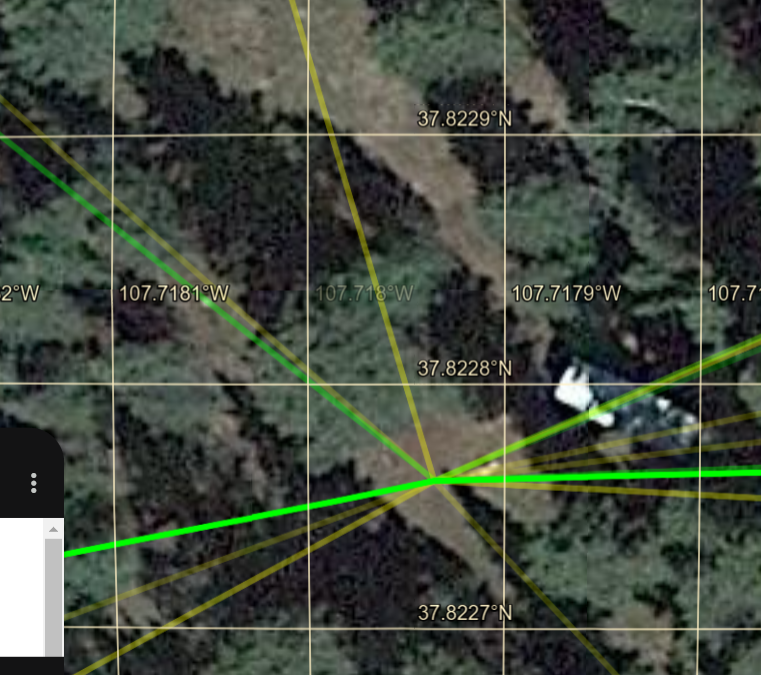On one of the most interesting radio days of our recent camping trip, Project TouCans made QSOs with Australia, Japan, Columbia, and Argentina, all on the same day! The QSOs to Japan and Australia were made in the middle of their night. The Japan, Australia, and Columbia QSOs were all made in a sixteen minute window beginning with VK3YV at 12:40 UTC.
What was the Propagation Mode?
While the QSOs were awesome! How did they happen? I did a bit of research.
Spoiler: I don't have an answer yet.
If you have ideas, I'd love help on this, please comment!
Dayside stations talking to nightside stations led me to sv1uy's
page on chordal hop propagation which had a nice diagram
The rest of the notes from below followed from this diagram. I don't have answers yet, but here are my notes. I've been talking with the kids about radio occultation, refraction, and of course, the Gladych research project during all of this. I'm also using it to introduce trig which will layer in with the work the 11 and 9 year-olds, (Mota and Tawnse), are doing with fractions.
This
mode, (numbered page 4 of Gold's thesis), is interesting because we had plenty of scattering. Notice the mountain peaks and ridges all round us below.
Chordal Modes Introduced with Villard
And we have our first reference to Villard, which included Okinawa, and therefore two different Gladychs, Michael's Project Smoke Puff
article, and Stanislaw who was the architect for the Okinwa base in 1955.
And there's a bit of a Gladych aside here that's just too difficult to ignore. Apparently Stanislaw also few planes in World War II? I knew Michael did, but this is the first
mention [pdf] I've seen of Stanislaw being a pilot
Carter Manny Jr. worked with Stanislaw. Here's his Chicago Tribune
obituary.
Finding Our Antipodal Point
To find the anitpoidal point, we can follow our longitude over the North (or South for that matter) where it will become the same longitude minus 180 degrees, or pi radians if that's the unit you prefer. You can see this in the diagram below where our longitude of about -107 degrees traced over the pole becomes about 73 degrees.
Meanwhile, our latitude above the equator will be used to find the same number of degrees below the equator:
37.82275 becomes -37.82275.
More precisely, we get
37.822754°N 107.717935°W -> 37.822754°N 72.282065°E
And our anitpodal is shown below near the 70 degrees East label.
Pretty excellent discussion of anitpodal points.
Conclusions for the moment
I don't know what propagation mode we had yet. We're going to pull some ionosonde data next to see if there was in fact a 'tilt' in the ionosphere at the time of the QSOs.









Comments
Post a Comment
Please leave your comments on this topic: